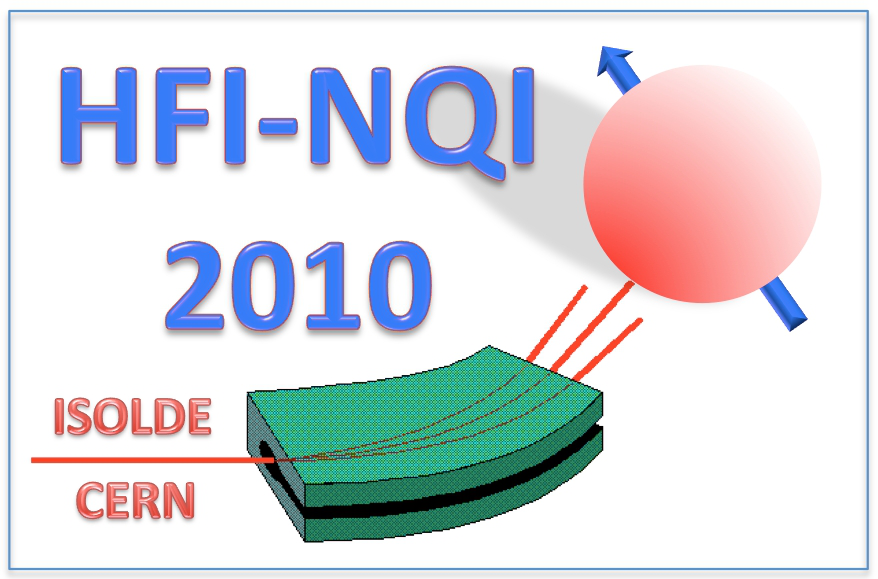Speaker
Description
Summary
The Many-Body Perturbation Theory (HFMBPT) procedure using Hartree-Fock Hamiltonian as zero order, and handling its difference from the actual Hamiltonian for atomic systems as a perturbation, has been extensively applied in the latter part of the last century to an extensive number of atoms, using non-relativistic theory for light atoms and fully relativistic Dirac theory for heavier atoms to study hyperfine interactions and a number of other properties with excellent agreement with experiment.
Unfortunately due to the multicenter nature of molecular and solid state systems, the wave-functions for the ground and excited states needed to carry out many-body perturbation theory investigations cannot be obtained by solving one dimensional radial equations in Hartree-Fock theory in atoms and so variational methods have to be adopted. We have tested two current methods, namely the variational Hartree-Fock many-body perturbation theory (VHFMBPT) method which is the logical successor to HFMBPT for atomic systems and the variational density functional theory (VDFT), which uses a chosen exchange-correlation interaction potential between the electrons in the Hamiltonian for the system.
We have, made applications of the VHFMBPT and VDFT methods to study the magnetic hyperfine constant A in the spin Hamiltonian A I∙S, where I and S are the nuclear and electronic spins in the atom, in phosphorous and lithium and made comparisons with experiment and the results from the accurate HFMBPT procedure. For phosphorous, the HFMBPT procedure leads to direct (D), exchange core polarization (ECP), and many body(MB) contributions to A of 0.0, -62.4 and 112.3 MHz, totaling 49.8 MHz as compared to 55.055 MHz from experiment, the difference having been ascribed to relativistic effects which are currently under investigation. The VHFMBPT results for (D+ECP) and MB are -37.4 and 72.6 MHz totaling 35.2 MHz, the trends among the various contributions being the same as in HFMBPT. For the VDFT approach using the (B3LYP) procedure, only the total value of A of -11.2 MHz is obtained from the currently available program, differing from experiment and the other two theoretical results in sign and with substantially lower magnitude. For lithium, the HFMBPT and VHFMBPT contributions have similar trends and the total agrees with experiment very well for HFMBPT and is somewhat smaller in size for VHFMBPT. For VDFT the total result is substantially larger than experiment. Suggestions will be made for improvements in the VHFMBPT and VDFT results.
References
[1] N.C. Dutta, et al. Phys. Rev. Lett. 21 1139 (1968) and references there in.
[2] E. S. Chang, et al. Phys. Rev. 174,1 (1968) and references there in..
[3] Alfred Owusu et al. Phys. Rev. A56, 305 (1997) and references there in.
| Are you a student, a delegate from developing countries or a participant with physical needs and would like to apply for a sponsored accomodation. Please answer with yes or no. | No |
|---|---|
| Please specify whether you would prefer an oral or poster contribution. | Oral |
